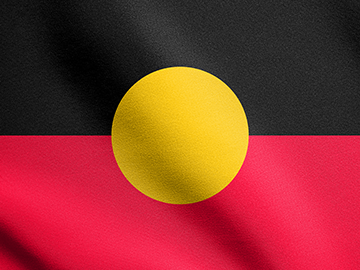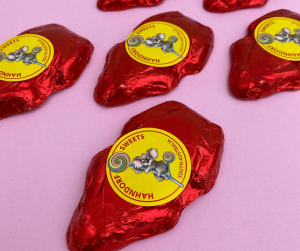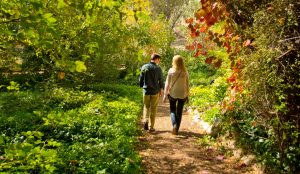Did you know Hahndorf was originally inhabited by the Indigenous Australians known as the Peramangk?
Before German Lutherans immigrated in 1838, the area now known as Hahndorf was called ‘Bukartilla’, which translates to ‘deep pool’ or ‘wash place’. This was due to the reliable access to water in the area created by several creeks emptying into the nearby Onkaparinga River. Their territory spanned from the Barossa to the east banks of the Murray River, with a large majority of them residing in the Adelaide Hills.
The Peramangk people were extremely resourceful when it came to using and benefiting from the land while successfully managing to preserve the beauty of the Adelaide Hills.
They created and maintained walking tracks for easy access throughout the area, and used fire to clear old grass and promote fresh plant growth. They were able to hollow out trees in order to provide easily accessible shelter for people passing through and would also set up temporary shelters against the local eucalypts when residing in the area.
Bukartilla was rich in vital resources such as food, water, firewood, animals that were used for their fur, stone, timber, resins, bark and pigments. These resources were used for nourishment, warmth, painting, as tools, and for building things such as shelter, canoes and shields.
The reliable and accessible water supply in Bukartilla was cherished. Clean water supplies were maintained by covering up the freshwater rock holes. And the ample water flow allowed the Peramangk people to use the area to teach their children how to swim.
In 1838, Captain Dirk Hahn and 38 immigrating families arrived in Port Adelaide aboard a ship called Zebra. Captain Hahn grew very fond of these families on their journey and agreed to help them resettle on a parcel of land in the Adelaide Hills in 1839. Along with 14 families who’d previously settled in Klemzig, these pioneers established what is today known as Hahndorf – ‘Hahn’s Village’ – named in honour of Captain Hahn himself.
Despite the eventual settlement of this Lutheran community, there were very few instances of serious conflict between the Peramangk people and the settlers. The Peramangk people taught the Lutheran settlers skills and techniques to utilise the natural resources around them, including how to catch possums and where to find edible native foods and plants. Sometimes, agreements were made between the indigenous community and the settlers where assistance with harvest was exchanged for useful items for the Peramangk people.
For those interested in witnessing a fragment of Peramangk culture and history, the Bukartilla and Tineriba Gallery is located in Main Street, Hahndorf. The gallery exhibits the areas natural history, focussing on substances such as minerals, gemstones, shells, fossils, insects, and timber, much of which encapsulates the time when the Peramangk people were prevalent in the area. We also recommend The Aboriginal Art House which is home to an incredible display of indigenous artwork and items featuring the designs.
You can also read more about our town’s history here or purchase a range of books about the town from The Hahndorf Academy.
Hahndorf traders and residents acknowledge the Traditional Custodians of the land on which they work and live, and recognise their continuing connection to land, water and community. Together, we pay respect to Elders past, present and emerging.




